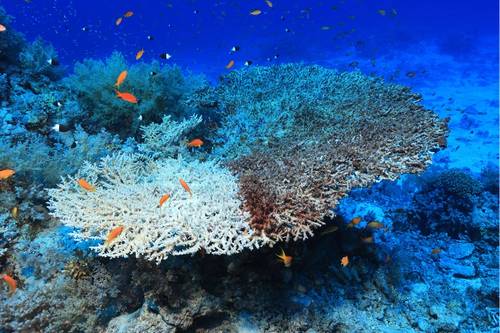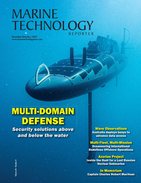The Future of Coral Reef Protection
The future of coral reef protection lies at the intersection of technology and collaboration, say Australian researchers who are designing a global real-time monitoring system.
They hope to help save the world’s coral reefs from further decline, primarily caused by bleaching as a result of global warming. In the past two years, 75% of coral reefs worldwide have experienced bleaching-level heat stress.
A collaborative project led by the University of South Australia is integrating remote sensing technologies with machine learning, AI and Geographic Information Systems (GIS) to monitor the damage.
A multimodal platform will distil all research data relating to coral reefs, including underwater videos and photographs, satellite images, text files and time-sensor readings, onto a central dashboard for real-time global monitoring.
The researchers say an integrated system will track bleaching severity and trends over time; monitor crown-of-thorns starfish populations and predation risks; detect disease outbreaks and juvenile coral levels; and assess reef fish abundance, diversity, length and biomass.
By centralizing all this data in real time, they hope to generate predictive models that will help conservation efforts, enabling early intervention.
Citizen scientists are also helping with reef conservation. Volunteers are helping with surveys of the Great Barrier Reef led by Citizens of the Reef. A census conducted late last year generated over 43,000 images. Using citizen observers and AI to review the images can achieve nearly the same level of accuracy as expert analysis.
“Anyone with a few minutes to spare can help,” said Nicole Senn, head of engagement at Citizens of the Reef.
Last month, observations from scientists and citizens in the Pilbara and Kimberley regions confirmed major coral bleaching is affecting Western Australian reefs. While there are not as many individual reefs off Australia’s west coast as the east coast, the coral reefs there are as extensive geographically and as diverse as those found in the Great Barrier Reef.
And this week, scientists from the Australian Institute of Marine Science (AIMS) reported a new machine learning method, RapidBenthos, that has the capability to extract an unprecedented level of data from photomosaics of coral reefs. It automates analysis of mosaics stitched together from thousands of seafloor images, saving scientists about 60 hours of manual analysis per mosaic.
Researchers from AIMS and La Trobe University are currently testing the capabilities of AI developed at La Trobe called Reef-NeRF (Neural Radiance Field) and Reef-3DGS (Gaussian Splatting). The AI enables real-time rendering of photo-realistic scenes to produce 3D digital twins of sections of the reef. The 3D images help scientists study nooks and crannies across unprecedented spatial scales.
The researchers believe that the recent mass coral bleaching event on the Great Barrier Reef, the fifth since 2016, makes it more important than ever to explore technical innovations like Reef-NeRF and Reef-3DGS.
The project also aims to enhance public awareness and engagement in marine science so they can better understand the importance of coral reefs and the urgent need for their protection.















 August 2025
August 2025



